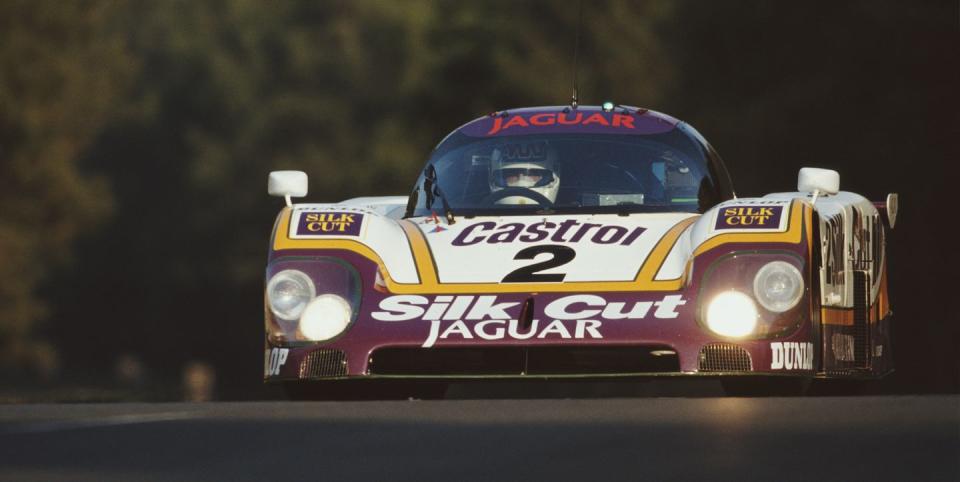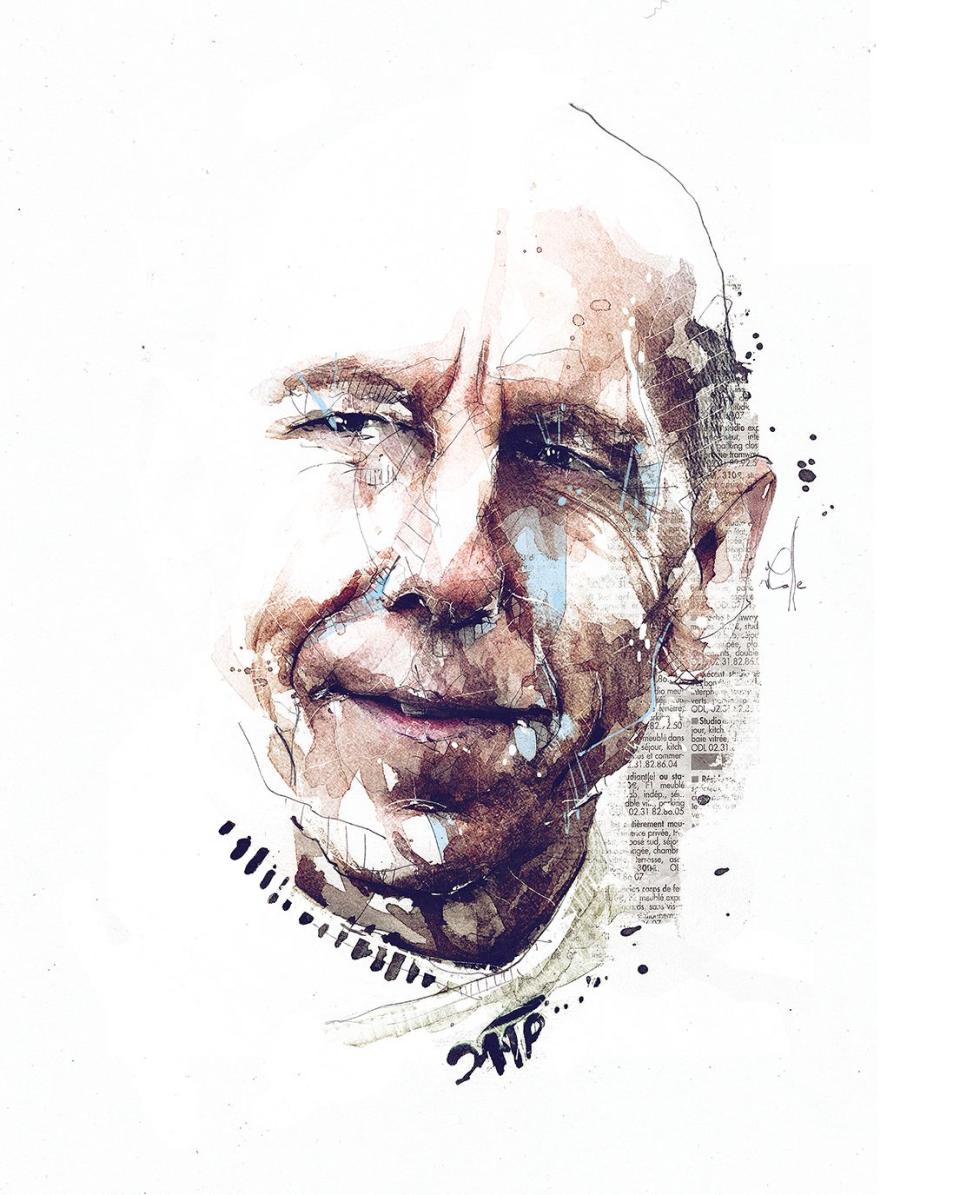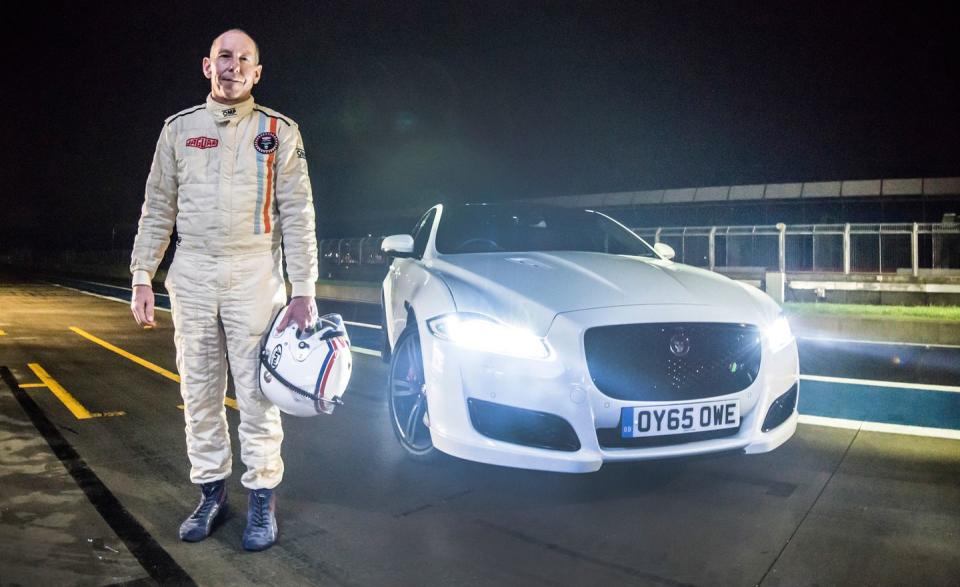Bugatti Test Driver Andy Wallace Talks About His Dream Job

C/D: How did you start in motorsports?
AW: I'd worked out that the pre-'74 historic Formula Ford championship was about the cheapest way in and I'd found a car. I went to the bank to try to get a loan-"don't worry, I'll be world champion one day"-but of course they turned me down. Then I figured out I could get a loan to buy a regular car and then sell that and use the cash for the race car. That worked, but then I crashed in my first practice session and did £1000 worth of damage.
C/D: You won the British Formula 3 championship in 1986. Was that your ticket to the big time?
AW: In those days, most of the champions went straight to Formula 1. I went to see all the teams and was offered two drives, one with Arrows and one with Tyrrell. All I had to do was find $600,000 in sponsorship. I'd have struggled to raise $6000.
C/D: So you switched to sports cars with Jaguar and won Le Mans your first time out, in 1988. How did you find the change?
AW: The XJR-9 was much faster than anything I'd driven. This was before the chicanes [on the Mulsanne straight], and we had to run on cross-plies [bias-ply tires] because radials couldn't handle the forces. The car was geared for 231 mph, but cross-plies grow at speed, so we reckon it was doing 248 mph. I also knew that when a cross-ply fails, it usually explodes and that would take the wing off, which isn't good in a ground-effects car as you end up upside down. The Mulsanne took just under a minute at that speed, and I spent the whole time sitting there waiting for a tire to fail and thinking, "At least it will be quick!"
C/D: You also won the 24 Hours of Daytona three times and the 12 Hours of Sebring twice. How do they all compare?
AW: Le Mans is the Super Bowl or the World Cup, definitely the biggest. Win there and you need to do much less explaining who you are. Daytona is definitely tougher physically; win that and you feel like you've done a huge amount of work. Sebring has to be the bumpiest track on the planet, but the atmosphere is amazing. It's the middle of nowhere, but then 100,000 people turn up to watch.

C/D: Is it true you won there with two broken ribs in 1992?
AW: I was driving for Dan Gurney's Toyota Eagle team. We'd been preseason testing at Eastern Creek in Australia where there's a huge bump taken completely flat in top gear-195 mph. It's a big landing, and after nine days of testing, I go through and there's a crack and sudden pain; I've broken two ribs. The next guy in the car is Hitoshi Ogawa, and at the end of his stint, he does the same thing: We were lying next to each other in the pit garage in agony. The Japanese engineers were delighted. "The car's stronger than the drivers!" Sebring was 21 days later; definitely not enough time to recover properly. Dan was a fantastic boss, but I didn't say anything because I knew he'd replace me. I took a bunch of painkillers and just got on with it.
C/D: You set the production-car record in the McLaren F1. Was that easy compared with racing?
AW: The risks were still real. Tires were the limiting factor. The Michelin engineers who were on hand had warned me that if it got to 400 km/h [249 mph], then we'd have a problem. Fortunately, it wouldn't go faster than 391 km/h [243 mph].
C/D: Now you work for Bugatti as a test driver and do customer handovers with the Chiron. How do you introduce somebody to a 1500-hp hypercar?
AW: I try to make sure they are calm and relaxed. It doesn't matter what you are used to; that car is something else. I've driven around 70,000 miles in Chirons and I've never felt acceleration like that in anything else. I need to show them what it can do but also prove it's not going to bite.

C/D: Given a time machine, what would you change?
AW: Not much. I've definitely realized that the drivers who have done well over a longer period tend to be those who attached themselves to a single manufacturer. Maybe I should have done that, but then I don't think I'd have had as much fun. But I'm a great believer that you end up where you should be, and if you're good enough, somebody will give you the chance.
C/D: There must be a couple of racing incidents you regret?
AW: I remember a clash with Michele Alboreto at Texas World Speedway in '95. He was in the Ferrari 333 SP and I was in a Dyson Riley. I tried to go inside of him into a first-gear corner. It was probably optimistic. There was contact and we both spun. We came together a couple more times, and at the end of the race, when we're on the podium, he says, "For the rest of my life, every time I see you, I kill you!" Later, we did a test at Paul Ricard, and he was as nice as pie. "Do you remember Texas? That was fun!"
From the January 2019 issue
('You Might Also Like',)

 Yahoo Autos
Yahoo Autos 